Juicing has become a wellness trend embraced by many, but it’s also faced criticism – especially when it comes to sugar. Some argue that juice is no better than sugar water, while others hail it as a nutrient-packed elixir. So, what’s the real deal? Is juice too sugary to be healthy? The answer is more nuanced than a simple yes or no.
In this blog post, I’ll break down the science behind juicing, address common myths, and give you actionable tips to make juicing work for your health goals. (Prefer to watch the video? Click here.)
Is Juice Really Too Sugary?
It depends on factors like:
- What You’re Juicing: Is your juice mostly vegetables, fruits, or a blend?
- Your Metabolic Health: Are you insulin-resistant, or managing type 1 or type 2 diabetes?
- Your Goals: Are you looking to detox, lose weight, or boost nutrient intake?
Compared to What? Juice vs. Other Beverages
When people say juice is “too sugary,” we need to ask: compared to what? A fresh glass of juice contains naturally occurring fructose and glucose – not the same as the refined sugar in sodas or flavored coffee drinks.
- A 16-ounce soda has about 52 grams of added sugar, while a flavored Starbucks drink can contain 50 grams or more.
- Fresh orange juice, on the other hand, has about 20 grams of natural sugar with no added sugar. Plus, it’s loaded with vitamins, minerals, and disease-fighting phytochemicals.
Unlike refined sugars, natural sugars in fresh juice come paired with nutrients that support your body and even combat inflammation. Soda and sugary drinks? They’re pro-inflammatory and can lead to poor health outcomes over time.
Understanding Glycemic Index and Glycemic Load
To make informed juicing choices, let’s look at two important measures:
- Glycemic Index (GI): How quickly a food raises your blood sugar.
- Glycemic Load (GL): How much a food will raise your blood sugar, considering both its GI and carbohydrate content.
Low vs. High Glycemic Load Juices
Some of the lowest glycemic load juices include celery and cucumber, while tropical fruit juices and watermelon juice fall on the higher end. Carrot juice, which tastes sweet, is surprisingly low in glycemic load.
If you have insulin resistance, you can still enjoy higher glycemic load juices by mixing them with lower-carb options like celery or cucumber.
The Science Behind Juicing and Diabetes
Research has shown that even juices with moderate glycemic loads, like beet and carrot juice, can offer surprising health benefits:
- Beet Juice
A clinical trial found that drinking 24ml of concentrated beet juice daily didn’t negatively affect blood sugar levels in type 2 diabetics. It also supports nitric oxide production, which improves blood flow and reduces blood pressure. (Learn the details on Beet Juice and Blood Pressure.) - Carrot Juice
Another study showed that raw carrot juice consumption helped reduce body weight, BMI, and body fat in type 2 diabetics. Despite a slight rise in blood glucose, long-term markers like HbA1c remained stable. Researchers concluded that carrot juice has powerful metabolic benefits.
Tailoring Juicing to Your Goals
For Insulin Resistance or Diabetes:
Stick to green juices made from leafy greens and non-starchy veggies like celery, cucumber, lettuce and other leafy greens. Add a touch of fruit for sweetness but limit it to one cup a day.
🎁Get your FREE Low-Glycemic Juice Recipes > Click Here
For Detoxing:
Go for high-antioxidant, astringent fruit juices like grapes or berries.
For Weight Loss:
Use juice as a meal or snack replacement rather than an addition to your diet. Juice blends with fruits, veggies, and leafy greens can help you stay satisfied while maintaining a calorie deficit.
Juice Smarter, Not Harder
Juicing can be an incredible tool for health, but like anything else, it’s about balance and intention. By understanding how different juices impact your body and tailoring your blends to your goals, you can unlock juicing’s full potential.
Want to dive deeper? Check out my latest YouTube video for more tips, detailed study insights, and practical advice on juicing smarter.
Have a Question or Goal?
Drop a comment below with your juicing goal or question. If you’d like some low-glycemic juice recipes, click here and I’ll send them your way!
I’m here to help you harness the power of a Juice Powered Life! 🥤✨

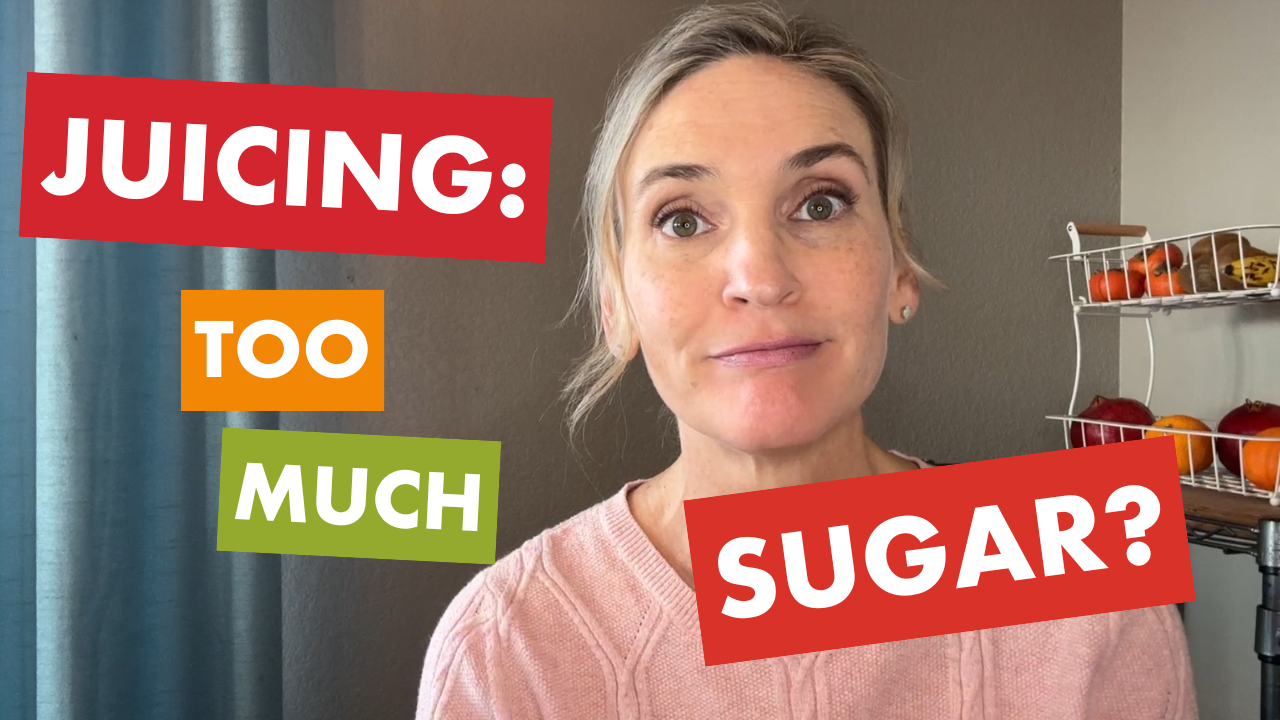
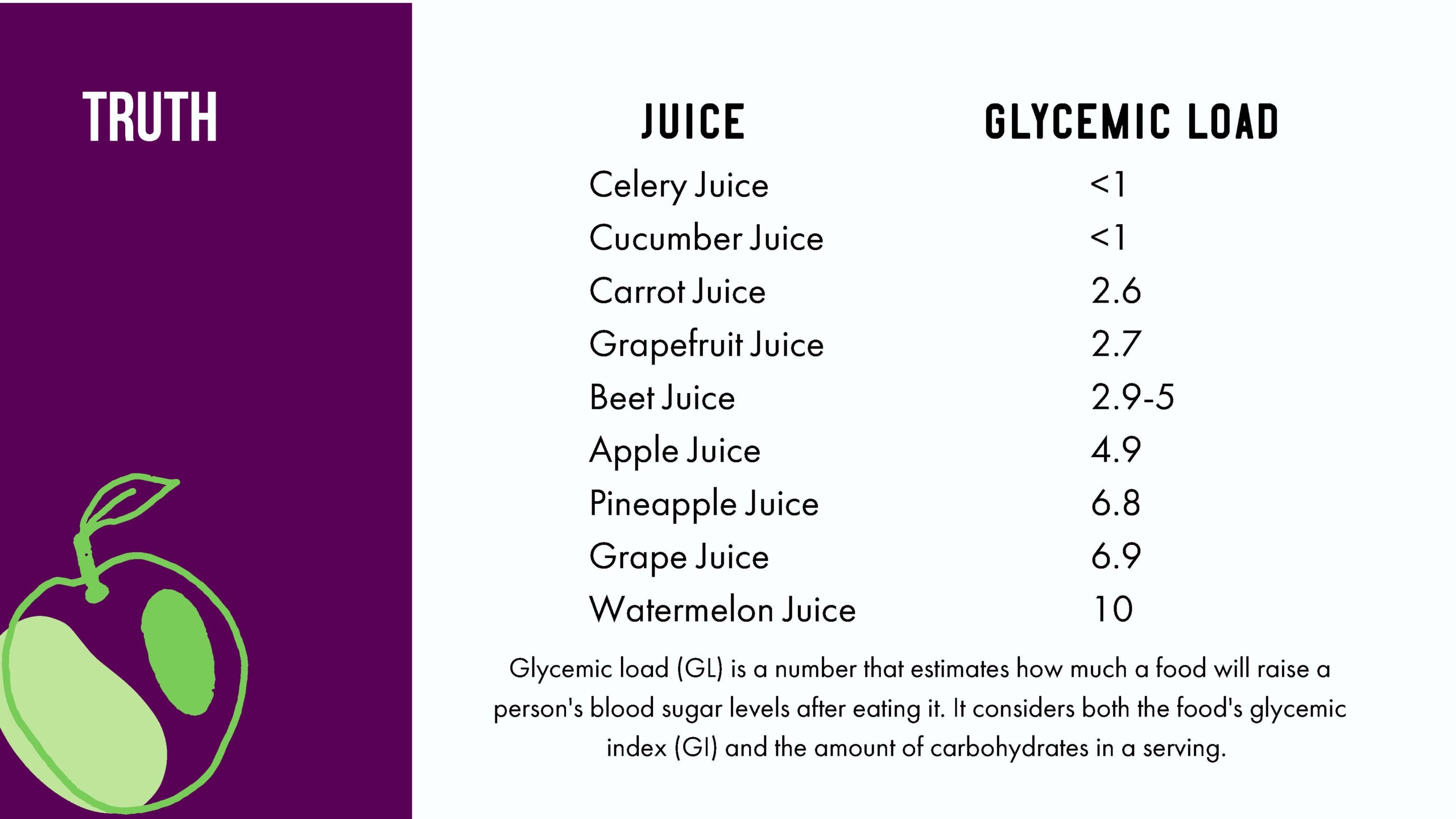

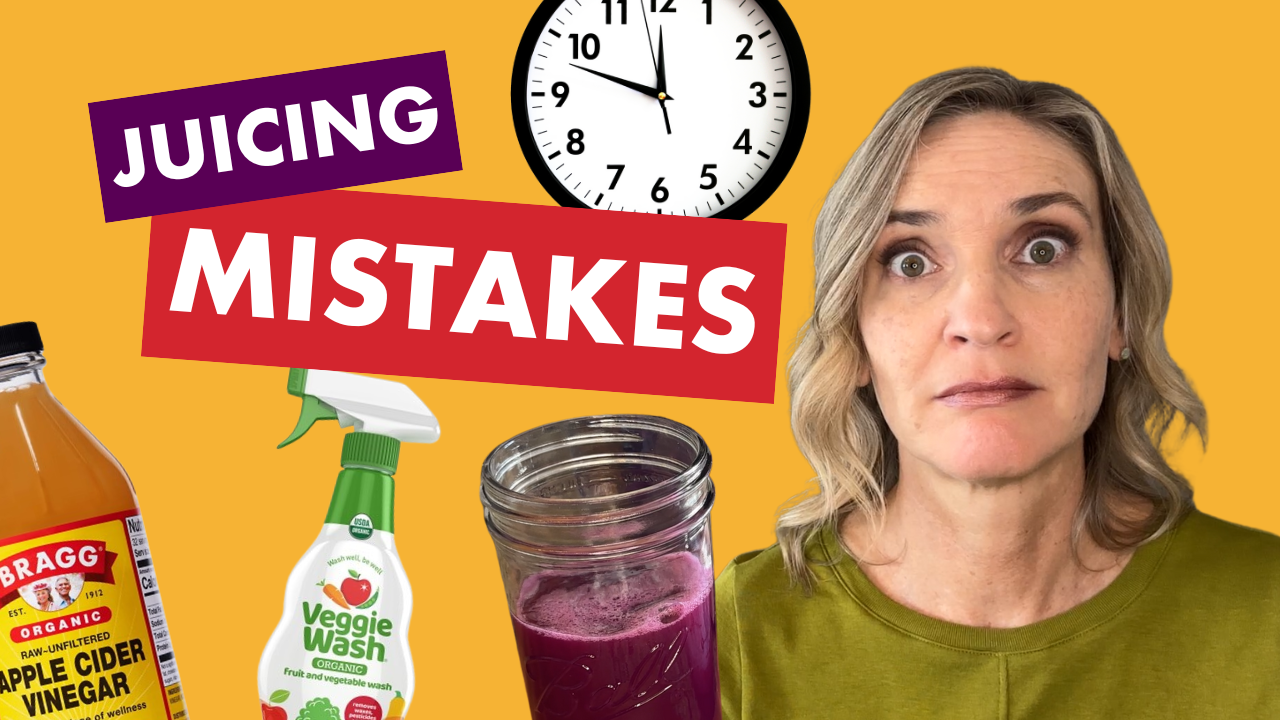
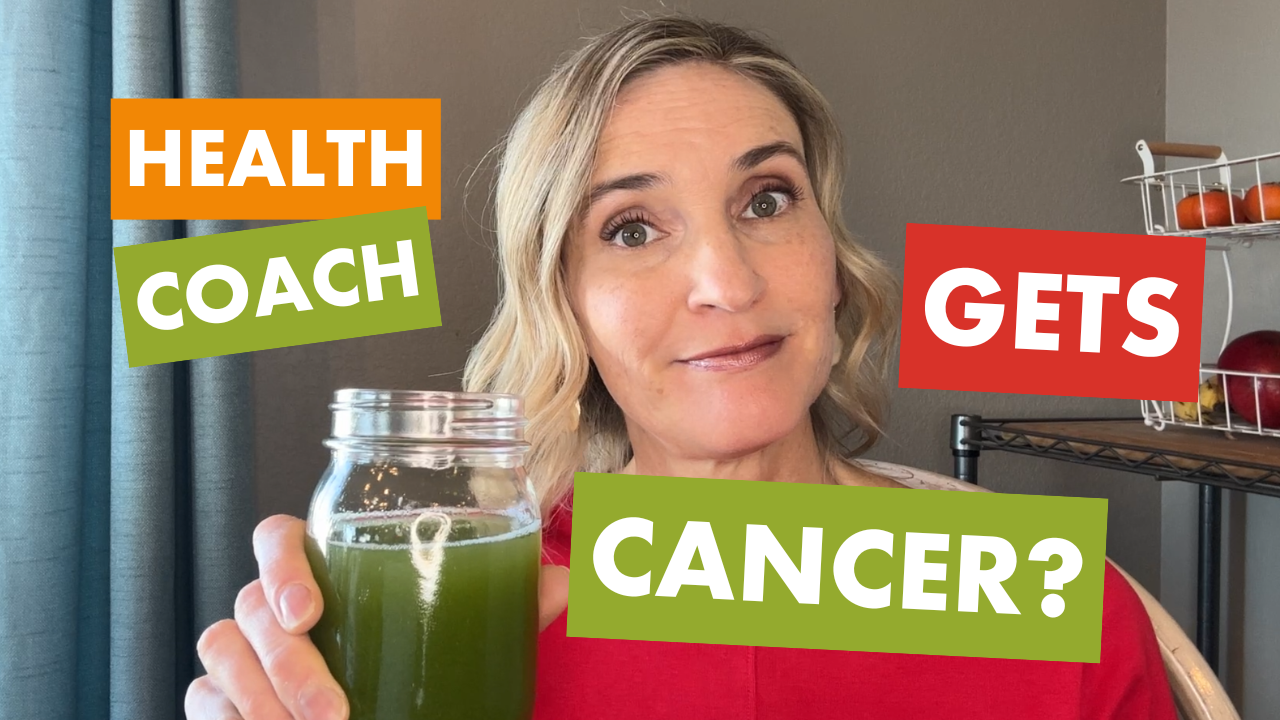
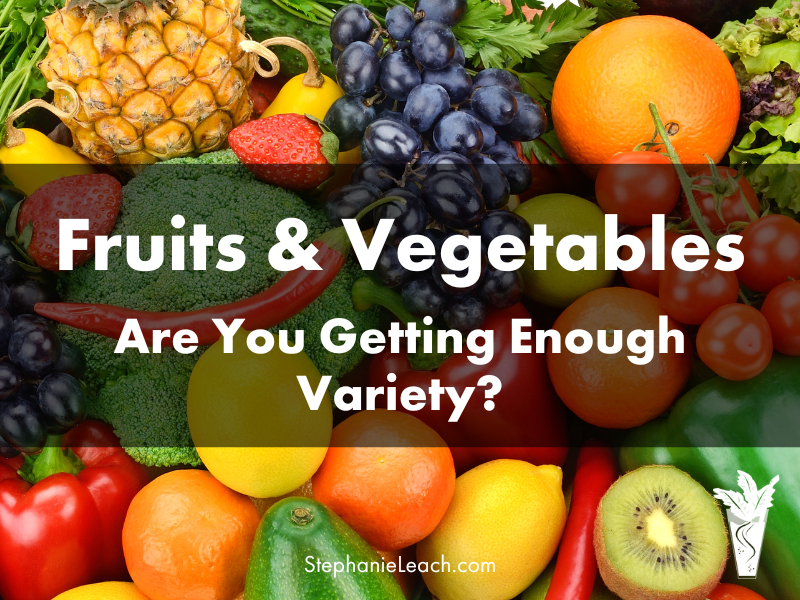
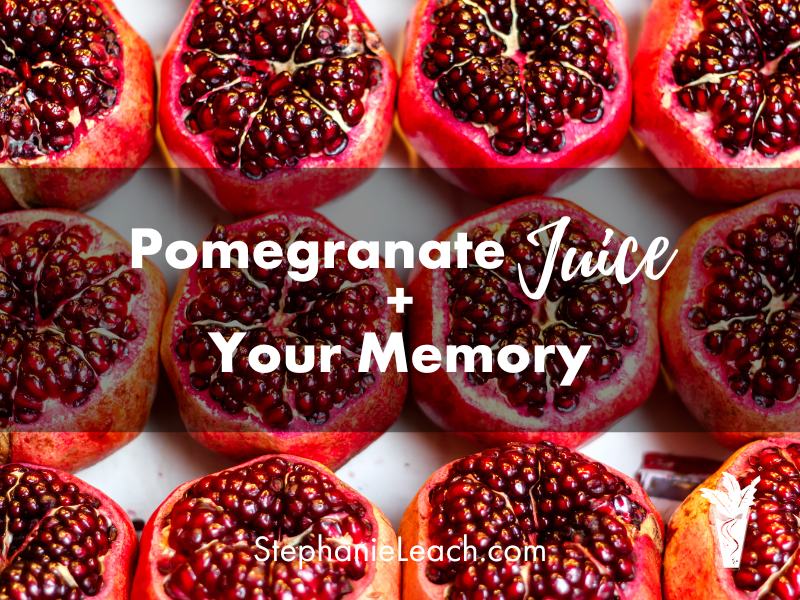
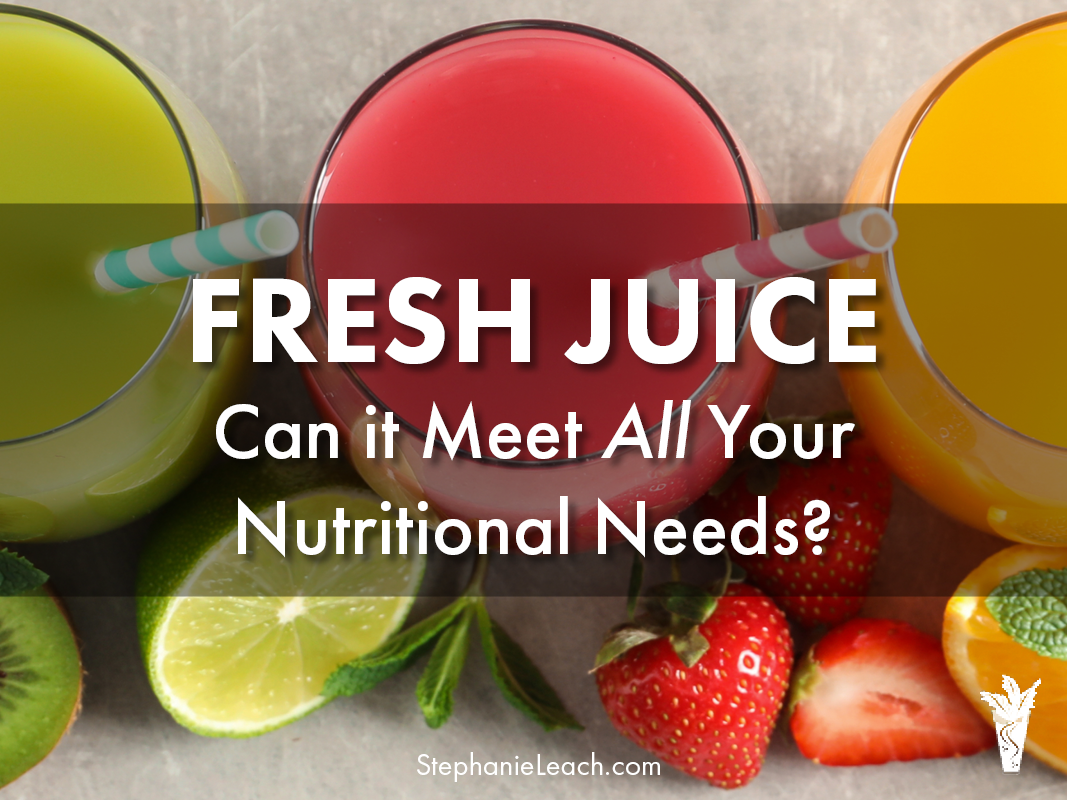
Leave A Comment